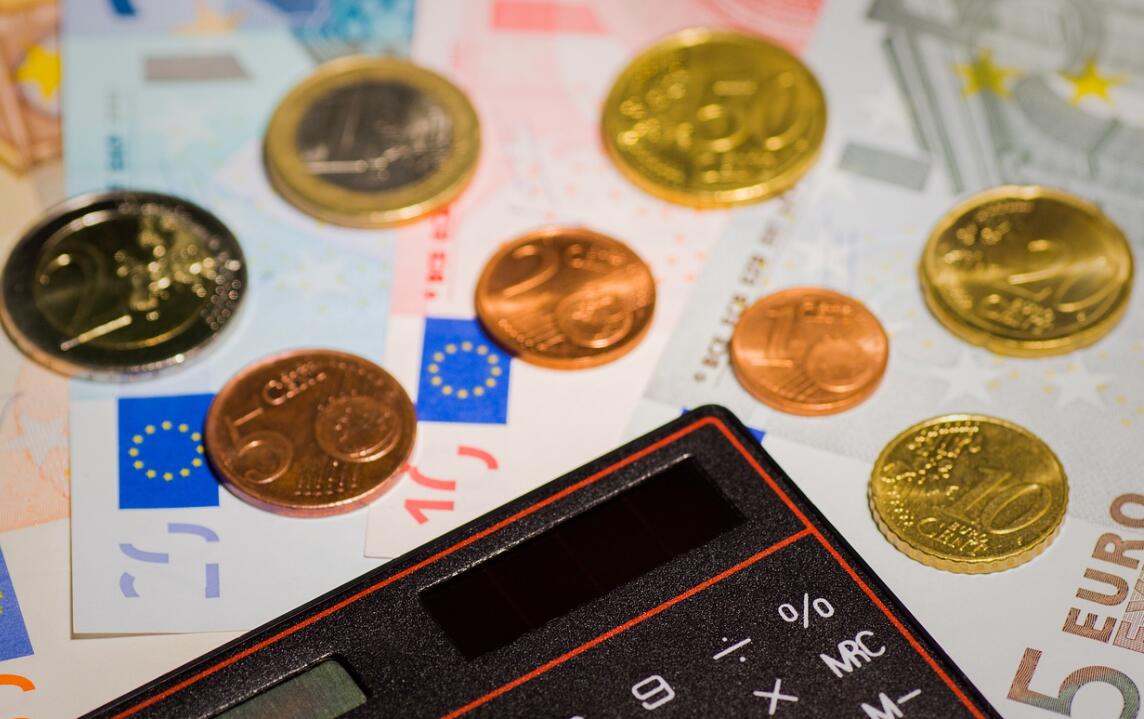The allure of gold as a store of value and a hedge against economic uncertainties has persisted for centuries. Recently, gold prices reached new heights, driven by a confluence of factors, including global economic conditions, inflation concerns, and geopolitical tensions. As investors consider the path forward for gold, it’s essential to assess the dynamics that led to these highs and to explore the potential outlook for gold investing. In this article, we’ll delve into the key factors that have propelled gold to new price levels and discuss the strategies and considerations for gold investors in the post-highs landscape.
The Factors Behind Recent Gold Price Highs
Economic Uncertainties: Global economic uncertainties, accentuated by the COVID-19 pandemic, have prompted investors to seek safe-haven assets. Gold’s historical role as a store of value has made it an attractive choice during times of uncertainty.
Inflation Concerns: As governments and central banks implement monetary and fiscal policies to combat economic challenges, concerns about inflation have risen. Investors often turn to gold as an inflation hedge, given its ability to retain its value over time.
Geopolitical Tensions: Geopolitical tensions and trade disputes have added to the appeal of gold. These uncertainties can lead to increased demand for safe-haven assets like gold.
Low Interest Rates: With central banks implementing low-interest-rate policies, the opportunity cost of holding gold, which provides no interest or dividend, becomes less significant. This can make gold more attractive to investors.
Diversification: Investors recognize the importance of diversifying their portfolios to mitigate risk. Gold, with its low correlation to traditional asset classes like stocks and bonds, offers an excellent diversification option.
Navigating Gold Investing Post Highs
As gold prices reach new highs, it’s vital for investors to consider the following strategies and factors:
Risk Tolerance: Assess your risk tolerance and investment goals. Gold can be volatile, and its price is influenced by various factors. Determine how much of your portfolio should be allocated to gold based on your risk comfort.
Long-Term Perspective: While gold is often viewed as a short-term safe haven, it’s crucial to adopt a long-term perspective when investing. Gold’s value may fluctuate in the short run, but its historical role as a store of value suggests potential long-term benefits.
Diversification: Continue to use gold as a diversification tool in your portfolio. Diversifying across different asset classes can help balance risk and enhance overall portfolio performance.
Stay Informed: Keep an eye on economic and geopolitical developments. Changes in monetary policies, geopolitical events, and economic data can impact gold prices. Staying informed is essential for making informed investment decisions.
Consider Gold-Backed Assets: Explore options like gold-backed exchange-traded funds (ETFs) or gold certificates. These investment vehicles offer exposure to gold’s price movements without the need for physical storage.
Physical Gold: If you prefer to hold physical gold, consider secure storage options. Owning gold coins or bars can provide a tangible sense of security, but storage and insurance must be considered.
Professional Advice: If you’re uncertain about your gold investment strategy, seek advice from a financial advisor or investment professional. They can help tailor an approach that aligns with your goals and risk tolerance.
The Outlook for Gold
The outlook for gold remains closely tied to the ongoing economic and geopolitical landscape. Several factors will continue to influence gold prices:
Inflation Dynamics: As central banks grapple with inflation concerns and monetary policies, the future trajectory of inflation will significantly impact gold’s performance.
Geopolitical Events: Ongoing geopolitical tensions and trade disputes can lead to market uncertainties, which may bolster gold’s appeal.
Interest Rates: Changes in interest rates and central bank policies will have an impact on gold. Rising interest rates may create headwinds for gold, while continued low rates may provide support.
Global Economic Recovery: The pace of the global economic recovery, particularly post-pandemic, will play a role in gold’s performance. A robust recovery may reduce gold’s appeal as a safe haven.
In conclusion, gold’s recent price highs underscore its enduring appeal as a store of value and hedge against economic uncertainties. As investors navigate the path forward, they should carefully assess their risk tolerance, diversify their portfolios, and stay informed about the factors influencing gold prices. Whether held in physical form or through investment vehicles, gold remains a valuable component of a well-rounded investment strategy.





